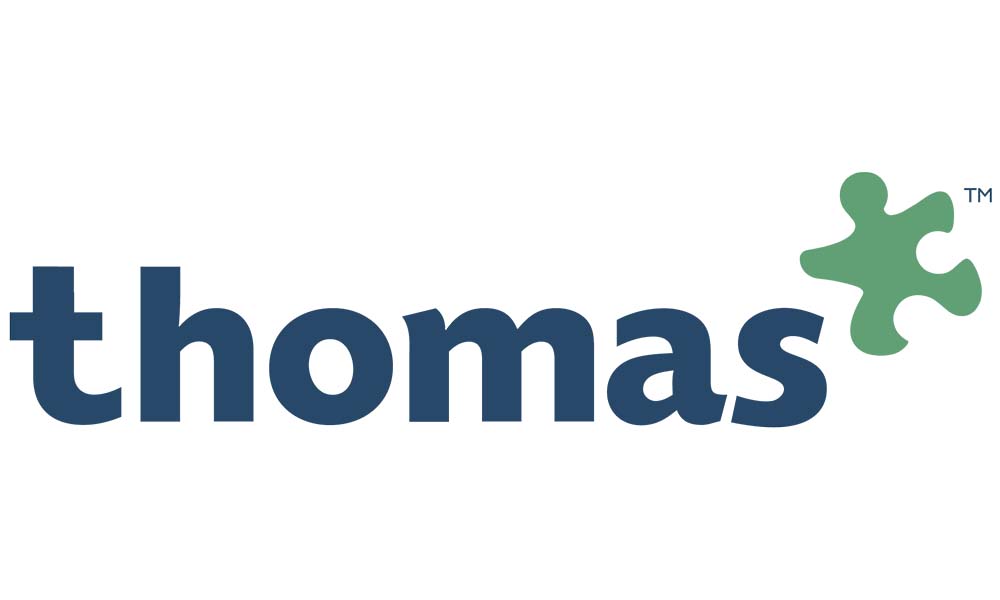When your business is looking to scale its workforce, meeting demand will be one of the biggest challenges you will face. Nailing volume hiring is critical.
Volume hiring is one of the most competitive processes a growing or established business can face. Filling entry level positions can be one of the biggest challenges faced by a recruitment department.
In this guide, we are going to look at what volume hiring is, how it is different from other recruitment strategies, the challenges of high-volume recruitment and some of the strategies your organisation can implement to overcome them.
What is Volume Hiring?
‘High volume recruitment’ or ‘volume hiring’ is when an organisation or industry looks to recruit hundreds or thousands of new employees in a set period of time to fulfil demand.
Whilst there are similarities with regular recruitment activities, there are additional considerations and challenges.
Some example conditions that would require high volume recruitment include:
- Season staff requirements (e.g. in hospitality, farming or retail)
- Staffing a new office, retail outlet or department
- Rapid business growth requiring new teams
- Setting up new locations/departments in new towns/cities
Volume Hiring vs Regular Recruitment Strategies
‘High volume recruitment’ or ‘volume hiring’ is when an organisation or industry looks to recruit hundreds or thousands of new employees in a set period of time to fulfil demand.
Whilst there are similarities with regular recruitment activities, there are additional considerations and challenges.
Some example conditions that would require high volume recruitment include:
- Season staff requirements (e.g. in hospitality, farming or retail)
- Staffing a new office, retail outlet or department
- Rapid business growth requiring new teams
- Setting up new locations/departments in new towns/cities
As already mentioned, there are differences between volume hiring and regular recruitment strategies which are primarily focused on filling one (or very few) specific roles.
In regular recruitment strategies the process to fill a position is roughly similar across different industries. The process includes:
- Identification of the recruitment need
What position requires filling and what is the need for this position to be filled? I.e. A staff member has left and areplacement is needed.
- Defining the role and what’s required
What’s the job specification? Is it going to be similar to a role that is being replaced or will there be variation? Identify and elaborate on the recruitment need.
- Writing and publicising the vacancy
Focus on writing the job specification and publishing it across different platforms and job application sites.
- Sourcing candidates
Sifting candidates using psychometrics provides more insight than a quick glance or through their C.V.
- Evaluating written submissions (CVs etc.)
Both software and HR professionals will read C.V.s/application letters/assessment tools to gain an insight into the candidate.
- Arranging interviews
Bringing in the candidates that have stood out most in the previous part of the strategy.
- Conducting interviews
Bringing in candidates to speak with multiple stakeholders and individuals at different times.
- Evaluating interviewees
Thinking of the criteria to evaluate the interviewees and their performance in the interviews and assessments.
- Making hiring decisions
When building out your volume recruitment process, you need to consider that it can involve the recruitment of hundreds or even thousands of new staff. There are going to be differences in the strategy outlined for filling one or a handful of roles at a time. The following are typically involved:
- Recruiting multiple people for similar roles
For instance in the cases of call centre staff, agricultural or manufacturing labour.
- High volume recruitment must involve automation
Processing thousands of applications is best left to automated systems that can expedite the process and help the organisation get staff into roles as soon as possible.
- The application process is digital
Rather than involving multiple people and multiple-stage interviewss, most of the volume strategy is processed digitally. This means that there may be a screening call or online test before proceeding further.
Role-specific Application Assessments
For certain roles, automated application assessments are ideal for volume hiring. I.e. call centre staff recruitment may involve a specific assessment package that analyses call behaviour and employee attitudes.
- Data-driven automated selection
Rather than introducing human bias into the recruitment process, this is all assessed via the automated process.
- Only final confirmations are carried out via brief interviews
Once the assessment tools and criteria return to the hiring managers, a final confirmation will be carried out via brief interviews, often to assess if the candidate is still available for the role.
High Volume Recruitment Challenges
As with any kind of recruitment drive, there are going to be challenges. We are going to take a closer look at what these are and discuss how you can overcome them in the next section.
- Finding enough candidates
Some industries or organisations require high volume recruitment to place thousands of new recruits every month. This means that once you have recruited, say, the first time in an area, you may have a limited pool of candidates the second time around. It can be hard to find thousands of people for positions in more rural areas or where the skillset is different to the requirements of the organisation.
- Traditional ‘job board’ style advertising doesn’t yield the volume or quality of candidates required
Organisations need to think differently in how to approach such a large drive. A job advert on Monster or LinkedIn simply won’t cut it.
- Volume hiring typically deals with entry level, low complexity roles
Which means that the application process needs to be short and easily completed by interested candidates. If it’s too long or requires lots of screening, then candidates will preferbusinesses that move first and quickly.
- Impossible to assess all responses manually
You simply can’t assess all the responses manually, which means having to trust that the software you use is fit for purpose and able to find candidates who can successfully complete the job.
- Entry level role applicants expect a fast response
Again, speed is key, as entry level candidates will feel no obligation to the organisation. With this kind of hire it’s more about fulfilling a need than job development. Move fast, get the volume filled.
- Automated assessment can be used to determine specific skills, traits and abilities
- Volume recruitment requires efficient interview processes
While interviews can’t be automated, the process to schedule them can be.
High Numbers of Candidates Mean the Selection Process is More Complex.
- Manual processes are flawed / biased
- Very clear selection criteria for scoring candidates is needed
- Candidates may be automatically selected if scores meet benchmarks
High Volume Recruitment Strategies
As noted, high volume hiring can involve a lot of time spent by recruiters dealing with screening and shortlisting candidates. Efficiency in the overall process is a challenge.
Here are some useful high volume recruitment strategies that you can implement in your organisation.
Make the Job Application Process Fast and Simple
When undertaking high volume recruitment, you want to make the whole process fast and simple. Avoid making forms and assessments off/putting. Focus on a “candidate first” application process.
Some simple application forms that can be accessed and completed via mobile devices yield the best results. If possible, think about creating a 1-click application process. This is user friendly and makes applications seem totally easy to access for anyone.
Rediscover Previous Applicants
You can use talent rediscovery which is the ability to automatically screen candidates who applied for a previous role at your company and match them to current openings. You are ‘mining’ for talent in previous applications whilst also trying to uncover new talent.
Make Effective Use of Automation
You need to make use of effective technology and automation for volume hiring, this involves making the best out of the things such as an application tracking system (ATS). They provide:
- All candidate information in a central, accessible location
- Traceability of all candidates throughout the process
- Faster application screening and managementEvaluations on assessments
Even small speed improvements at one stage in the process, when multiplied across a high volume of candidates, becomes a significant efficiency improvement and cost saving.
Use Programmatic Recruitment
Programmatic recruitment uses technology and big data analytics to make automated decisions and streamline recruitment processes. It can potentially determine how best to advertise roles and target viable candidates. Since programmatic recruitment requires minimal human involvement it enables recruiters to focus on screening and selection criteria so that candidates fit more the profile of employee that they are looking for.
Automate Resume Screening
It takes a lot of time to screen CVs and resumes. Think about what the process involves. Reading through statements, trying to find relative experience and knowledge for the role you’re recruiting for and even having to make an assessment on the truthfulness or validity of what has been written.
Talent intelligence software can use AI to screen resumes based on the assessment of resumes from existing personnel, which provide a picture of the ideal profile. The software can distinguish top candidates based on criteria such as experience and the language used (which can indicate candidate behaviour).
Use Automated Candidate Assessments
Automated candidate assessments speed up the process of candidate evaluation, Automating the candidate assessment process can help you uncover many different aspects of the candidate.
Conclusion
When it comes to high volume recruitment, there are many challenges that an organisation can face, from small talent pools to time consuming and labour intense processes.
A high-volume recruitment process is about automating systems and processes to ensure that you are not only quick to identify talent, but also quick to hire. This is especially important for organisations that are growing rapidly or for seasonal resourcing triggers where demand outstrips supply.
The Thomas recruitment platform can help you with your high-volume recruitment process by providing you with the necessary tools automate your process without sacrificing hire quality.
Partner
Since 1981, Thomas International has combined technology, psychology & data to translate people’s diverse characteristics into intuitive, easy to action solutions for recruitment, retention & development. Thomas helps over 11K companies around the world unleash the power of their people.








